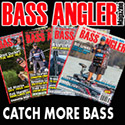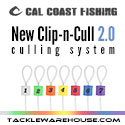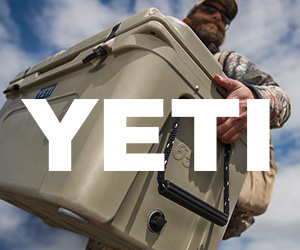Zander on the field taking surf
fishing pictures with his DSLR camera gear
Digital Cameras:
Nikon, Canon, Olympus, Fujifilm, Kodak, Pentax, Minolta, Casio, HPÖ you pick the
brand. Some cameras have more features, some are more flexible in terms of
controls/settings, some are more rugged than others, and of course these cameras
and brands vary in price. So which one should you buy? Any brand will be able to
take good pictures if youíre under the right conditions. Itís just that the more
expensive, feature packed ones will allow you to adjust your settings and take
better pictures in more difficult conditions Ė options that may not be available
in the lower priced cameras.

Point and Shoot digital cameras come in all
sizes, shape, and each one is packed with different sets of features
Also, another suggestion
before you buy your first or next digital camera is to think about what you are
trying to achieve with it and for what purpose you will use the digital camera.
As an example, anglers will be taking the camera on the water, which means the
camera will eventually get wet. It might be a good idea to get one thatís more
rugged and water-resistant or even waterproof to some extent.

Here's an example why one should position
better to get the correct lighting or a bad picture like this would be the final
result. No flash used.

Though still the same position as the
previous picture, this photo was taken with controlled fill-flash. You can
definitely see the improvement!
For most anglers a
point-and-shoot digital camera will do it all, but for those Angler-Photographer
buffs there are the Digital Single Lens Reflex (DSLR) cameras. DSLRs are an
entirely different level that we wonít cover here, but these DSLR cameras give
you all the flexibility and control over shutter speed, aperture, ISO/film
speed, the ability to have different lenses such as ultrawide/fisheye to
telephoto, and much much more.

Sometimes getting the shot takes
patience, like waiting for Zander to actually catch a fish
Hereís a list of the cameras we use regularly:
DSLR: Nikon D200, D100, D80, D50, Canon 5D and 20/30D, with various lenses
ranging from macro to wide to telephoto (17-55 f2.8, Nikkor 105VR micro, 18-200
DX VR, 70-200 f2.8 VR, 18-70, 50 f1.4, 60 f2.8 micro, etc)
Point-and-Shoot: Pentax
Optio W10/W20, Olympus C5050, Canon Powershot G6, Olympus Stylus 720 SW, Olympus
Stylus 770 SW (highly recommended digital camera).

Highly recommended camera for anglers: Olympus Stylus 720
SW and 770 SW. These two models from Olympus are very rugged, shockproof,
freeze-proof up to -10C/14F, and waterproof up to 33 ft.
The waterproof digital
cameras have their uses and have proven to be the most rugged of all the cameras
we have tried. The latest cameras by some companies are more durable and even
sporting armor all around the camera body like the Olympus Stylus SW series. The
Olympus Stylus 770 SW is one that we highly recommend for anglers because itís
the most rugged, compact, shock-proof, affordable (~ $379), and waterproof up to
33 feet!

JIP takes pictures along the coast while
Zander surf fishes
One final word on digital
cameras, especially while fishing, make sure you have it around your neck or
have the lanyard around your wrist when in use. With a wet or slimy hand, or
just because todayís digital cameras are so tiny, they can easily slip out of
your hands and end up the bottom of the lake or ocean.




























